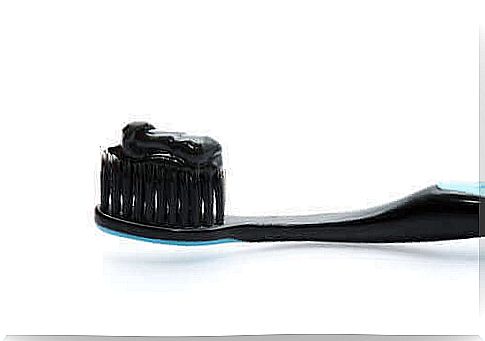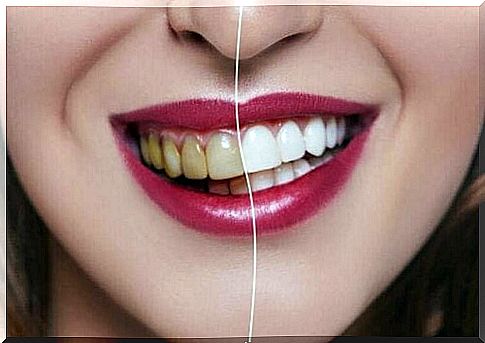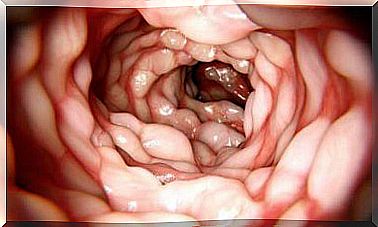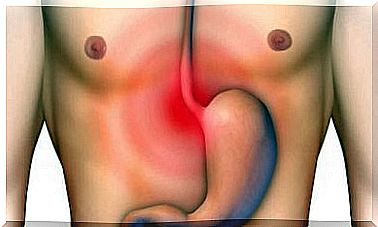The Risk Of Activated Charcoal For Oral Health

Recently, videos and posts have appeared from various influencers who talk about the presumed property of activated carbon to whiten teeth. Several dentists, including Óscar Castro Reino, have strongly denied this information. Today we are going to tell you about the risks of activated charcoal for oral health.
Castro Reino pointed out that the allegations that activated charcoal whitens teeth are not only false, but also have serious risks to oral health. In addition, he emphasizes the importance of consulting dental professionals instead of listening to popular posts on the internet.
He also added that activated carbon is a very abrasive substance. Therefore, it can lead to serious dental problems. He also pointed out that it is like brushing your teeth with sandpaper. The worst thing, however, is that it does not even help to whiten teeth.
The risk of activated carbon
Dr. Reino stated that activated carbon is a substance you get from a chemical process with a coconut shell. This material is extremely aggressive. When applied to the teeth, it can wear tooth enamel significantly.
Worn tooth enamel has many risks. First , the nerves are more unprotected, which causes sensitivity in the teeth. Activated carbon is also so aggressive that it can affect the gums.
The most paradoxical thing is that what remains after rubbing activated carbon against the teeth and wearing down the enamel, is a layer called dentin. In fact, dentin is more yellowish than natural enamel. In other words, there are not only risks when using activated charcoal, it does not even whiten your teeth!

What do the popular videos on the internet show?
There are many videos of influencers showing before and after using activated charcoal. You can see them using activated charcoal on yellowish teeth. After rinsing it off, it looks like the teeth have an incredible white color.
What really happens with these images, however, is a very basic visual effect. With the charcoal, the teeth look black. When you rinse them, the contrast with the previous image will suddenly make them look whiter. In fact, they are not whiter.
For Dr. Óscar Castro, it is clear that this information is completely false. Unfortunately, it has a strong impression on viewers, so they think it is an effective treatment. We can see that they show misleading evidence that makes the public believe them.
Tooth color
The expert also insisted that the teeth usually do not have the white tone – the natural shade of teeth is ivory. Genetic factors and the intake of other substances cause this natural color to change. For example, tea, coffee or tobacco.
Not having ultra-white teeth does not mean that you suffer from hygiene problems or that it is a mistake. It is completely normal. Castro emphasized that the most important thing is our oral health, not the misleading, dangerous aesthetic effects.
It is best to brush your teeth at least twice a day with a fluoride-containing toothpaste. Also go to the dentist regularly and follow the instructions you receive. The dentist is the ideal professional to perform procedures such as teeth whitening.

Teeth whitening is not performed with activated carbon
We must insist on something very important: A lle processes of your teeth must be monitored by dental. Do not listen to what influencers or unprofessional sites say is true.
Dentists are qualified professionals. Not only can they perform teeth whitening processes, they also assess each patient’s oral health before performing a treatment. For example, if there are gum problems, cavities or other problems, bleaching can be risky.
Teeth whitening procedures need to be planned and they also require close monitoring. That way, you will not experience unwanted consequences. Similarly, patients need to be aware of the potential risks of this procedure.









